It is well know that cooper is easily oxidized in the air. The oxide layer of copper has a great influence on the soldering, and it is easy to form false soldering and virtual welding. In severe cases, the pads and components cannot be soldered. Therefore, when manufacturing a PCB, it is necessary to plating a layer of material on the surface of the pad to protect the pad from oxidation.
Nowadays, the PCB surface treatment of PCB factories have: HASL, immersion tin, immersion silver, OSP, immersion gold, plating gold and etc. Of course, there are some special PCB surface treatments for special applications. Different PCB surface treatment processes, their cost is also different, and they are used in different occasions, we need to choose the right rather than expensive. Currently, there is no perfect surface treatment can be used in all solutions, so there are so many processes to choose from. It is certainly that each process has its advantages, the key is that we have to know them and know how to use them well.
The advantages and disadvantages of the PCB surface treatment process are explained below:
Bare copper PCB:
Advantages:
The bare copper PCB are low in cost and flat on the surface. It has good solderability without being oxidized.
Disadvantages:
1. The bare copper PCB is susceptible to acid and humidity. It cannot be placed in the air for more than 2 hours because copper is easily oxidized when exposed to air;
2. It cannot be used on double-sided PCB because the second side has been oxidized after the first reflow. If there is a test point, solder paste must be applied to prevent oxidation, otherwise the contact with the probe will be not good.
HASL PCB:
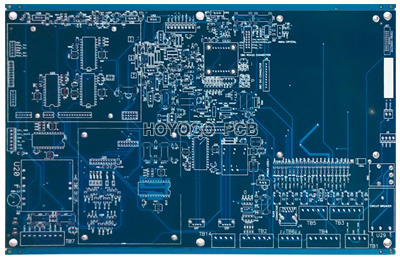
Advantages:
HASL PCB are low cost and have good soldering properties.
Disadvantages:
It is not suitable for soldering pins with small gaps and too small components because the surface of the immersion tin PCB is poorly flat. It is easy to produce tin beads in PCB processing, and it is easy to cause short circuit to fine pitch components.
Immersion tin PCB:
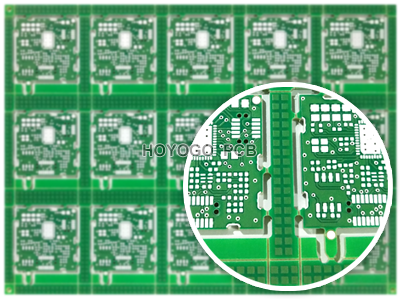
Advantages:
Immersion tin does not introduce any new elements on the solder points, it is very suitable for communication backplane.
Disadvantages:
If the storage period of the PCB is exceeded, tin will lose solderability, so the immersion tin needs better storage conditions. However, because the immersion tin process contains cancerogenic substance, it is limited.
Immersion silver PCB:
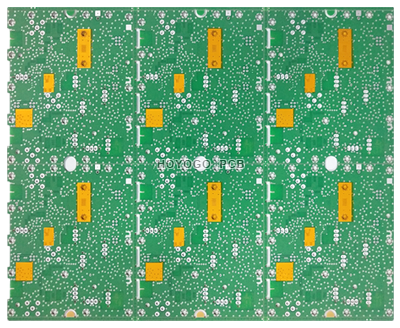
Advantages:
Immersion silver fall in between OSP and electroless nickel/immersion gold, this process is simple and fast. It still has good electrical properties and solderability when exposed to hot, humid and polluted environments.
Disadvantages:
It will lose its luster because there is no nickle under the silver layer, the immersion silver does not have good physical strength of electroless nickel/immersion gold.
OSP PCB:
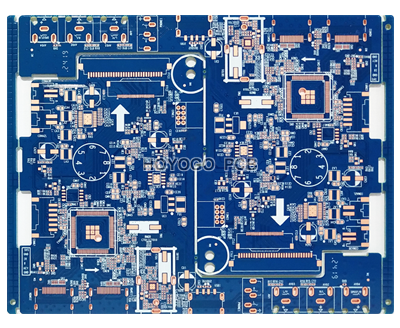
Advantages:
OSP PCB has all advantages of bare copper PCB soldering. PCB that have been stored for more than 3 months can also be re-surface treated, but usually only once.
Disadvantages:
It is susceptible to acid and humidity. When it used in secondary reflow soldering, it needs to be completed within a certain period of time, usually the second reflow soldering effect is inferior. If the storage time is more than 3 months, the PCB must be re-surface treated. The OSP layer is an insulation layer, so the solder paste must be applied to the test point to remove the original OSP layer for electrical testing with the pin points.
Immersion gold PCB:
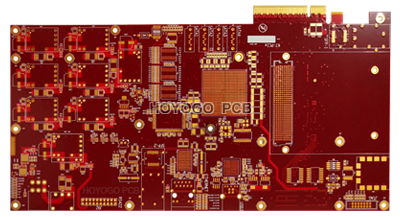
Advantages:
It is not easy to oxidation, can be stored it in air long time. Its flat surface is suitable for soldering fine gap pins and small solder point components. It is the first choice for a button PCB board, such as mobile phone boards. The immersion gold can repeat reflow soldering many times and it will not reduce its solderability.
Disadvantages:
It is costly and has poor solder strength. Because it uses an electroless nickel plating process, it is easy to create a black pad problem. The nickle layer oxidizes over time, so long-term reliability becomes a problem.
Plating gold PCB:
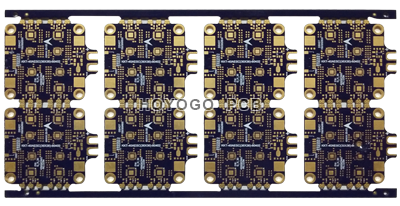
Advantages:
It can greatly improve the wear resistance and effectively prevent the diffusion between copper and other metals.
Disadvantages:
Its color is not bright enough, the sales are slightly inferior to immersion gold.